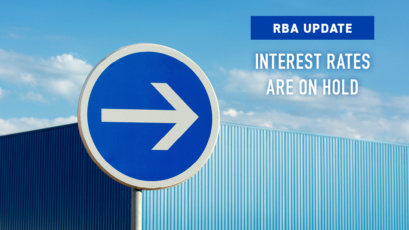As an SMSF trustee with the end of financial year approaching, make sure you’re up-to-date on the regulations and requirements to ensure your Self Managed Superannuation Fund is compliant and takes advantage of any tax benefits.
1. Valuation of Assets
The assets in your SMSF need to be valued each financial year. Your administrator needs to report the market value of the assets in the SMSF’s financial statements for income tax purposes. Your auditor will need to verify that the SMSF is compliant and has not violated tax and super laws. The valuation must also be backed up by supportive data.
2. Superannuation Contributions
All current year contributions must be received before 30 June. If making a non-concessional contribution, check if the bring-forward provision has been triggered. This will affect how much you can contribute.
3. Employer Superannuation Contributions
Employer contributions need to be made by the 28th day of the month following the end of the quarter the employee’s salary was earned. If an employee’s Superannuation Guarantee for last financial year was received by your SMSF this financial year, you will need to include the contribution in your contribution cap for the 2017 – 2018 financial year.
4. Salary Sacrifice Superannuation Contributions
If you have a salary sacrifice arrangement in place with your employer, to sacrifice your pre-tax wages into superannuation, these are counted towards your concessional contribution caps. Make sure you check your records before contributing more to avoid exceeding your cap of $25,000.
5. Tax Deduction on Your Personal Superannuation Contributions
Effective 1 July 2017, the 10% maximum earnings condition was removed for the 2017-18 and future financial years. This means most people under 75 years old can claim a tax deduction for personal super contributions (including those aged 65 to 74 who meet the work test), up to their personal cap of $25,000. This amount includes Employer and Salary Sacrifice contributions.
If you are eligible to claim a tax deduction, you will need to lodge a ‘notice of intention to claim a tax deduction’ with your SMSF Trustee before you lodge your personal income tax return. Your SMSF Trustee must also provide you with an acknowledgement of your intention to claim the deduction.
6. Spouse Superannuation Contributions
To claim a tax offset on your spousal contributions, you need to ensure the contributions are received by your SMSF by 30 June. The maximum tax offset you can claim is 18% of the non-concessional contributions of up to $3,000. To claim the maximum, your spouse’s income must be $37,000 or less in this financial year. The tax offset progressively decreases above this amount and cuts out at $40,000. You are both required to be Australian residents for tax purposes and be living together on a permanent basis at the time the contribution is made.
7. Superannuation Contribution Splitting
Contributions made into your SMSF can be split between you and your spouse. This is only valid if your spouse hasn’t reached their preservation age or if they have, they need to be aged under 65 and not retired from the workforce. The maximum amount that can be split for a financial year is 85% of the contributions made into your SMSF in that financial year – up to your concessional contribution cap level. If you are intending to split contributions, you must do so in the financial year immediately after the one in which your contributions were made. You can only split the contributions you have made in the current financial year if your entire benefit is being withdrawn from your SMSF before 30 June as a rollover, transfer, lump sum benefit or a combination of these. Also, you can’t claim the superannuation spouse contribution tax offset for a contribution split to your spouse’s superannuation account.
8. Superannuation co-contribution
Under certain circumstances, the Government will match your non-concessional contributions with a co-contribution of up to $500 per year. To be eligible you must earn at least 10% of your income from business and/or employment, be a permanent Australian resident and be under 71 years of age at the end of the financial year. The Government contributes 50 cents for each $1 of your non-concessional contribution to a maximum of $500 made to your SMSF by 30 June. To receive the maximum co-contribution of $500, your total income must be less than $36,813. The co-contribution progressively reduces above this amount and then cuts out completely at $51,813.
9. Low Income Superannuation Tax Offset
If you earn less than $37,000 and either you or your employer have made contributions into your SMSF, you could be entitled to a refund of 15% contribution tax (up to $500) paid by your SMSF. To be eligible, at least 10% of your income must come from business and/or employment and you can’t hold a temporary residence visa. To receive the refund, you must ensure the contributions are received by your SMSF by 30 June.
10. Minimum Pension Payments
If you are accessing an Account Based Pension from your SMSF, make sure that the minimum amount required to be paid under superannuation law is paid from your SMSF by 30 June in order for your SMSF to receive tax exemptions. The minimum amount is determined by your age and the percentage value of your pension account balance at either the commencement date of the pension or 1 July each year. There is no maximum pension payment amount required.













